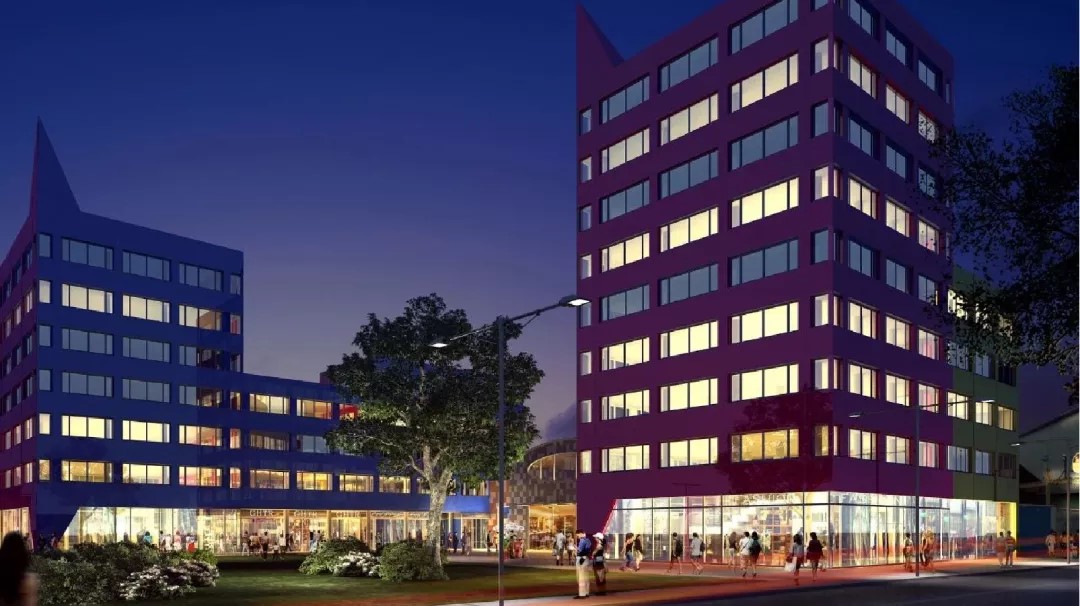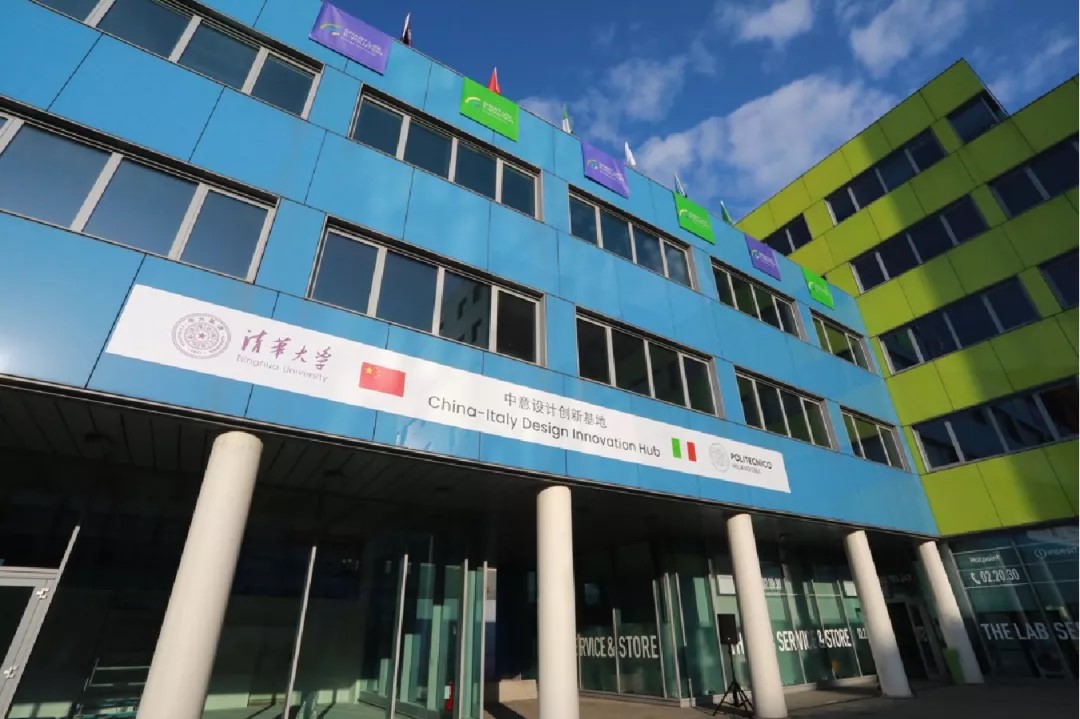一、承办院系School/Department host:
中意基地 China-Italy Design Innovation Hub
二、挑战主题Theme:
安居太空 Atmosphere Settle Down
三、导语/背景情况概述Background:
SpaceX、Virgin Galactica、SpaceBlue、MoonExpress、Bigelow、ISRO(印度)和CNSA(中国) 等新成立的私营公司和新成立的航天机构正在进行创新以进入太空并从中受益,这样的公司并不多见。基本的生存技术已经开发出来,使在月球甚至火星上建立殖民地成为可能。除了科学领域的进化,设计是下一个问题。在过去,设计应用于太空领域的显然不是被优先考虑的。但在今天,设计和经过深思熟虑的解决方案(也可以通过来自不同领域的交叉渗透来实现)可以给太空生活的许多方面带来相当大的改善。解决人类在太空中的中心问题变得尤为重要,因为未来的太空旅行者和居民不仅是专业的航天人员,甚至可以是普通的公民。
SpaceX, Virgin Galactica, SpaceBlue, MoonExpress, Bigelow, ISRO (India), and CNSA (China) and other new private companies and new space agencies are innovating to reach Space and reap new benefits. Basic survival technology has been developed, and colonies on Mars or on the Moon are possible. Apart from evolution in the scientific field, design is the next question. In the past, it was clear that design applied to space issues was not a priority. But today, design and better-thought-through solutions (achieved also by collaboration from different fields), can bring considerable improvements to living standards for many aspects of life in space. Solving human center problems in space has become particularly important as future space travelers and inhabitants will not only be professional space travelers, but also common people.
四、该领域比较关注的问题Our key topics of interes:
短期
短期需求对于每分钟到每分钟的生存都是必需的。处理这些要求将是该殖民地的首要目标。
• 空气:用于人类和农业消费,这需要生产,净化和回收系统。
• 氧气:主要用于推进剂中的氧化剂。
• 温度控制:需要减轻内部和外部来源的热量和热量。
• 电源:所有核心系统都需要稳定可靠的电源。权力结构的扩大对于殖民地的增长也将很重要。
• 电子:自动化系统对于许多工业过程和娱乐娱乐而言将是重要的。早期的殖民地只能进口先进的电路,因此关键芯片的过度供应可以提供安全的缓冲。尽管使用危险的化学药品和先进的机器,但在本地制造电子设备将具有很大的挑战性,尽管它们每个组件的密度都很高。
中期
每周生存需要中期要求。
• 饮用水:饮用水对人类和农产品消费。这不仅需要净化和再循环系统,而且还需要一种就地提取新水的方法。
• 食物:当地提供营养的食物。理想情况下,食物的口味和质地应有所变化,以提供心理和健康益处。
• 设备再现性:能够更换因磨损而损坏的设备。某些类型的设备将比其他类型的设备重要,因此优先考虑这些设备很重要。可能需要回收现有设备,或建立可以利用现场资源的制造设备。
• 辐射防护:所有人,重要的电子设备和敏感的农业都将需要额外的辐射防护。这对于每4到5个月发生一次的太阳粒子事件特别重要。可能是通过了解当地地理知识或将基地埋在雷戈利斯之下来解决的。
• 环境卫生:将需要重复利用和回收所有废物流。这将允许重新捕获重要元素,同时也确保了健康的环境。
长期
一旦日常生存受到控制,就可以独立于地面运输而制定长期要求。
• 栖息地的繁殖和可替换性:随着基地的扩大和老化,结构将需要升级和更换。这将需要使用本地材料,可能需要使用3D打印结构。
• 生物隔离:隔离程序对于防止殖民地与包括地球在内的外部区域之间的生物污染至关重要。
• 足够的重力:人类的健康需要足够的重力,以抚养孩子和保持健康的成年人。这可能需要特殊的离心机居住环境。
• 信息:殖民者将需要访问大量的知识档案,以生产他们需要的任何东西并用于娱乐。在极端的,断电的环境中长时间存储PB级数据将是非常具有挑战性的。
• 遗传多样性:殖民者的后代将需要彼此之间的遗传多样性,可能需要通过多样化的起始群体或基因库。
• 易位:具有共享和转移资源,人员和知识的能力很重要。
SHORT-TERM
Short-term requirements are needed for minute to minute survival in space. Handling these requirements will be the colony's first goal.
• Air: For human and agricultural consumption, which will require a production, purification, and recycling system.
• Oxygen: Mainly used for the oxidizer in propellant.
• Temperature control: To mitigate heat and cold from internal and external sources.
• Power: All core systems will require stable and reliable power. The expansion of the power structure will also be important for colony growth.
• Electronics: Automated systems will be important for many industrial processes and recreational entertainment. An early colony will only be able to import advanced circuits, so oversupplying key chips can provide a safety buffer. Manufacturing electronics locally will be very challenging due to the dangerous chemicals and advanced machines used, although they have a high density per component.
MEDIUM-TERM
Medium-term requirements are needed for week-to-week survival.
• Drinkable water: Potable water for human and agricultural consumption. Not only will this require a purification and recycling system, but a way to extract new water in-situ.
• Food: Locally grown food to supply nutrition. Ideally, the food would be varied in taste and texture to provide both psychological and health benefits.
• Equipment reproducibility: Be able to replace equipment damaged from wear and tear. Some types of equipment will be more important than others, so prioritizing those is important. May need to recycle existing equipment, or set up manufacturing equipment that can utilize in-situ resources.
• Radiation protection: All people, important electronics, and sensitive agriculture will require additional radiation protection. This is especially important for solar particle events that occur once every 4 to 5 months. Possibly solved with knowledge of local geography or by burying base under regolith.
• Sanitation: Will need to reuse and recycle all waste streams. This will allow the recapture of important elements, while also ensuring a healthy environment.
LONG-TERM
Once day-to-day survival is under control, long-term requirements can be made independent of terrestrial shipments.
• Habitat reproduction and replaceability: Structures will need to be upgraded and replaced as the base expands and ages. This will require the use of local materials, possibly by 3D printing structures.
• Biological isolation: Quarantine procedures will be important to prevent biological contamination between the colony and outside areas, including the Earth.
• Sufficient gravity: Human health requires sufficient gravity, both for raising children and maintaining healthy adults. This may require special centrifuge living environments.
• Information: Colonists will need access to vast knowledge archives to produce anything they require as well as for entertainment. Storing petabytes of data in an extreme, power deprived environment for a long duration will be very challenging.
• Genetic diversity: Generations of colonists will require genetic diversity among themselves, possibly through a diverse starting group or a gene bank.
• Translocation: It is important to have the ability to share and transfer resources, people, and knowledge.
五、主讲老师Hack Leader
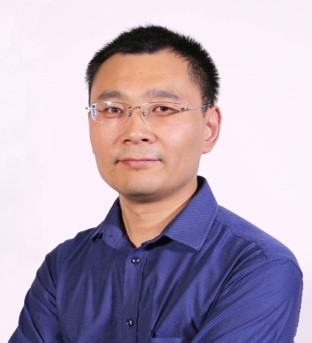
付志勇
博士、清华大学美术学院信息艺术设计系长聘副教授,博士生导师,清华大学美术学院信息艺术设计系党支部书记、清华大学中意设计创新基地副主任、清华大学艺术与科技创新基地主任。农村农业部第二届全球重要农业文化遗产专家委员会委员。中国高校创新创业教育研究中心副主任、中国工业设计协会信息与交互设计专委会秘书长、世界华人华侨人机交互协会副会长。他的研究兴趣包括城市交互设计、服务设计、用户体验和社会创新。承担并完成设计与教育科研项目40余项,在ACM Ubicomp、HCII、IASDR、DESIS、DMI等国际会议上发表论文70余篇。HCII 2012~2018年CCD理事会成员,未来城市可持续发展与社会创新会议主席。
Prof. Zhiyong Fu
Prof. Zhiyong Fu is an associate professor of the Information Art and Design Department, Academy of Arts and Design, Tsinghua University, Beijing, China. He is associate dean of China-Italy Design Innovation Hub, vice-director of China Innovation & Entrepreneurship Education Research Center, member of Tsinghua University Innovation and Entrepreneurship Teaching (special) Committee and the director of Tsinghua Service Design Institute. He has served as the Secretary-General in China Information & Interaction Design Committee (IIDC) since 2014 and was the Secretary-General of Art branch of Computer Basic Education Steering Committee for Liberal Art, Ministry of Education. He is a member of the "Globally Important Agricultural Heritage Systems" (GIAHS) Expert Committee of the Ministry of Agriculture and Rural Affairs,and a Council Member of the Chinese Museum Association since 2020. His research interests include urban interaction design, service design, user experience and social innovation. He has undertaken and completed about 40 design and education research projects, and published more than 70 papers in international conferences, such as ACM Ubicomp, HCII, IASDR, DESIS and DMI. He was board member of CCD at HCII from 2012 to 2018, and chair of future urban sustainability and social innovation session.
六、导师Mentors
1. 池伟
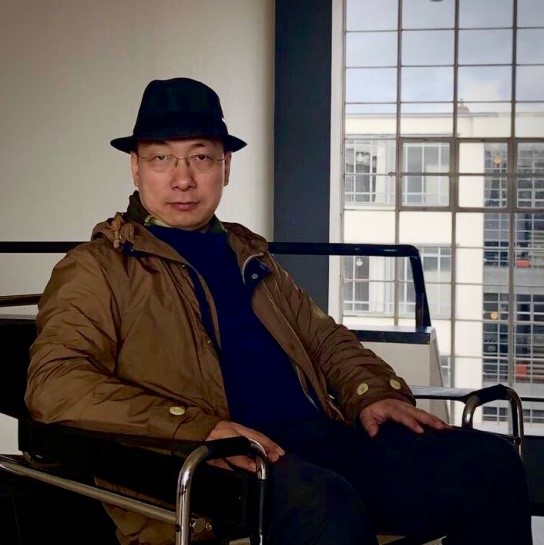
观念设计艺术家、策展人,食物设计师,产品和品牌设计专家。
+86设计共享平台 创始人
+86中国食物设计联盟 发起人
Future Food国际食物设计节 策展人
北京致翔创新设计咨询公司 创始人
从2000年中国工业设计服务行业发展初期,创建中国领先的产品设计咨询公司致翔创新开始,到在798艺术区建立+86design store,中国的第一家设计师集成店,为300多个设计师品牌服务的销售平台。集合800多个中国高端设计师企业家的俱乐部加八六设计共享平台。作为策展人发起了designer100中国设计红宝书出版计划、+86中国食物设计联盟、策划798设计节、发布中国设计行业价格报告,119世界设计师日,包豪斯大篷车中国行等活动。获得德国if、红点奖、2020 北京市科委专项支持杰出设计人才等荣誉。
具有强烈的设计行业责任和社会责任,长期致力于改善设计师收入和地位,保护设计师的知识产权,推动设计文化传播和发展,帮助设计师展现自己的才华和创造力并获得社会的认可。通过设计提升人的生活品质和建立新的价值观。
Mr. Wei CHI
Concept design artist, Curator, Food designer, Product and Brand designer.
Founder of +86 design sharing platform
Founder of +86 China Food Design Alliance
Curator of Future Food international food Design Festival
Founder of Beijing Aestech Innovation Design.., Ltd
+86 design sharing platform is a designer community with a vision of sharing and promoting original and innovative designs from Chinese creatives world-wide. We actively organize a series of exhibitions, events and forums by working with various partners nationally and internationally. Through providing event planning, publishing and design services that engage global creative communities and facilitate deep collaboration within designers, institutions, industry enterprises, business organizations as well as governments. The platform has over 1,000 design companies and design studios participating and brings together tens of thousands of professional designers.
2. 董乐
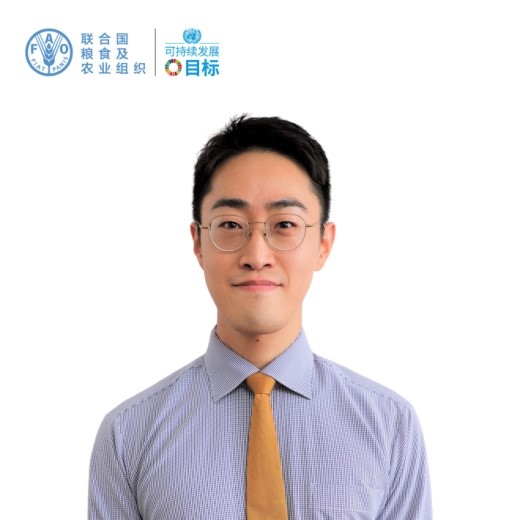
鲁玺,清华大学环境学院副教授。哈佛大学工程科学博士。2010年至2015年再哈佛大学 John A. Paulson工程与应用科学学院工作,先后 担任博士后研究员、副研究员和讲师, 2015年加入清华大学,担任准聘/长聘 副教授、特别研究员。研究兴趣侧重于技术、经济和社会学的研究,零碳能源向碳中和社会转型的环境维度。主要研究领域集中在可再生能源、环境和气候的复杂系统建模、大规模部署风能和太阳能的综合解决方案、储能、温室气体和空气污染物排放清单以及碳中和城市化能源系统。在《科学》、《PNAS》、《自然能源》、《焦耳》、《自然可持续性》和《自然通讯》等杂志上发表了有关这些主题的论文。2010年获中国政府优秀自费留学生奖,2017年获国家优秀青年科学基金,2020年获国家杰出青年科学基金。
Xi Lu, is a tenured associate Professor in School of Environment, Tsinghua University. Dr. Lu received his PhD in John A. Paulson School of Engineering and Applied Sciences at Harvard University in 2010. Afterwards, he continued working at Harvard as a postdoctoral fellow, research associate and lecturer until joining Tsinghua in 2015. His research interests emphasize the study of technical, economic, and environmental dimensions of zero carbon energy sources in transitioning to a carbon neutral society. His primary research areas concentrate on modeling complex systems of renewable energy, environment and climate, integrative solutions for large-scale deployment of wind and solar power, energy storage, emissions inventory of GHGs and air pollutants, as well as carbon neutral urbanization energy systems. He has published papers in Science, PNAS, Nature Energy, Joule, Nature Sustainability and Nature Communications on these topics. He won the Chinese Government Award for Outstanding Self-Financed Students Abroad in 2010, and received the National Science Fund for Excellent Young Scholars in 2017 and the National Science Fund for Distinguished Young Scholars in 2020.
3. 黄文统
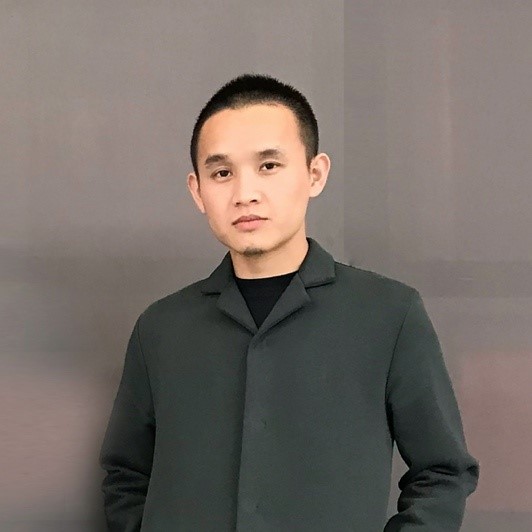
MORPHA 默尔法科技(深圳)创始人
RadicalGalactica.Space 联合创始人
毕业于米兰理工大学硕士
作品于2017年获得首个Red Dot best of best
致力于将分形设计思想应用于设计实践之中。
公司团队致力于将参数化设计、生成设计、算法设计,计算形态发现、增强现实设计以及虚拟现实等技术和方法集成到产品和空间设计中,整合设计流程并开发对应的新工具。
Mr. Huang WenTong
Founder MORPHA technology (Shenzhen)
Co-founder of RadicalGalactica.Space
Master of Politecnico di Milano
Received the first Red Dot Best of Best award in 2017
Devoted to applying fractal design philosophy to design practice.
MORPHA is committed to integrating technologies and methods such as parametric design, generative design, algorithm design, computational form discovery, augmented reality design and virtual reality into product and space design, integrating design process and developing corresponding new tools.
4. STEFANO MANGINI
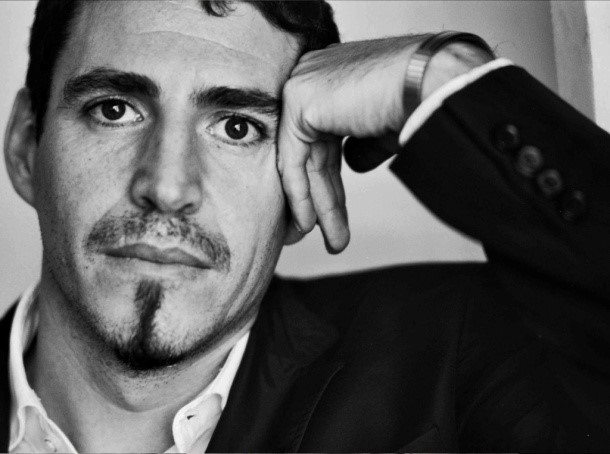
出生于意大利佛罗伦萨,毕业于意大利和纽约。现任Polimoda 教授,Polimoda是欧洲顶级时尚教育机构,被公认为为全球四大顶级时装设计名校。并在美国、印度、中国工作和生活,担任LVMH的主管。创意公司NOAH BRAND ENERGY的首席执行官。2020年获得米兰理工大学硕士学位,研究太空集成设计。
Stefano Mangini
Born in Florence, Italy. He graduated in Italy and New York and is now a professor at Polimoda, one of the top fashion education institutions in Europe and recognized as one of the four top fashion design schools in the world. He has worked and lived in the United States, India and China as a director of LVMH. He is the CEO of creative firm Noah Brand Energy. In 2020, he obtained a master's degree from the Politecnico di Milano, studying space integration design.
七、承办院系简介
中意基地China-Italy Design Innovation Hub
清华大学中意设计创新基地,简称中意基地,英文名称China-Italy Design Innovation Hub,英文缩写CIDIH。中意设计创新基地位于米兰理工大学BOVISA校区. 中意设计创新基发挥清华大学与米兰理工大学在设计学科的优势,以人才培养为核心,以设计创新为驱动,统筹清华大学米兰设计学院,打造国际化设计创新综合平台。中意设计创新基地功能涵盖人才培养、设计研究、展示交流,并通过创新管理模式和运行机制与产业密切合作,引导成果转化,服务企业孵化,为中意两国的教育、科研、文化交流和产业发展做出积极贡献。
China-Italy Design Innovation Hub (CIDIH) is located at the Bovisa campus of Politecnico di Milano. China-Italy Design Innovation Hub takes advantage of the resources and expertise of Tsinghua University and Politecnico di Milano in the field of design, with talent training as the core and design innovation as the driving force, to coordinate the Tsinghua Arts and Design Institute in Milan and create an internationally integrated platform for design innovation. The main purpose of the China-Italy Design Innovation Hub is talent training, design research, and exhibitions and exchanges. It works closely with industry through innovation management models and operating systems to guide the formation of achievements, serve business incubators, and make contributions to China and Italy in the fields of education, scientific research, cultural exchanges, and industrial development.
